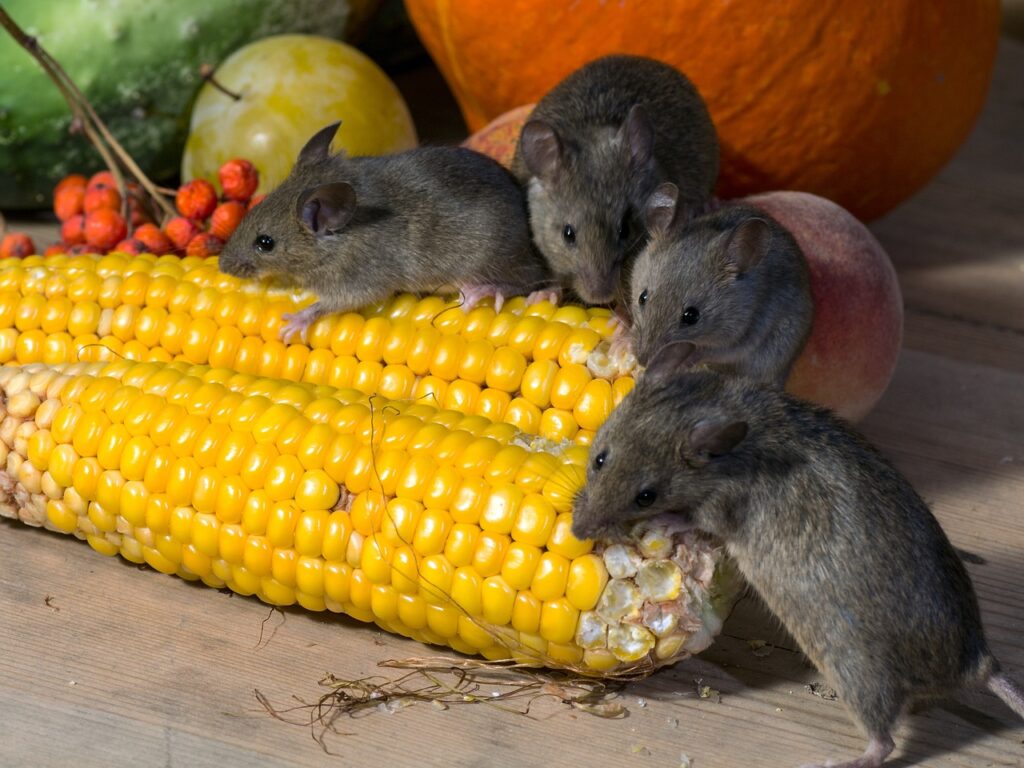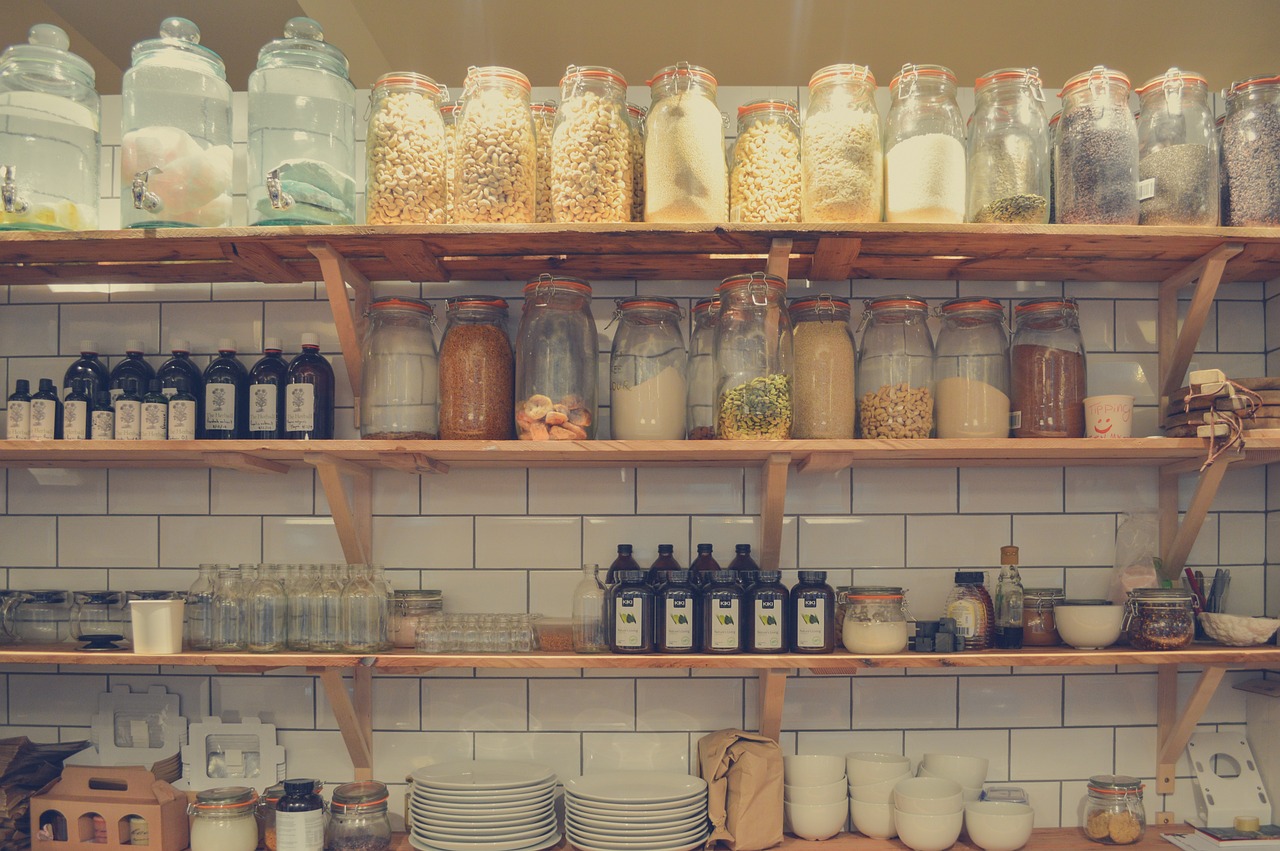If you’re going to set aside supplies for the long haul, you need to know the enemies of food storage. Not only that, but you’ll have to account for each of them in your planning. Failing to do so could mean losing at least some of your carefully curated stash. This goes for food you buy at the store as well as food you preserve at home.
Oxygen
This is one of the primary enemies of food storage. Oxygen allows for the growth of bacteria and insects. Oxidation is also a risk. This is when oxygen causes the deterioration of food quality. This deterioration can include changing the flavor of the food as well as losing some nutritional value.
One way to combat this food storage enemy is to use oxygen absorbers. These are small packets, often containing a mixture of iron granules and sodium chloride. They are added to airtight packaging and absorb the oxygen, keeping it from affecting the food.
Advertisement — Continue Reading Below
Moisture

Moisture allows bacteria to grow, making it an enemy of food storage. It can also lead to mold and mildew problems. In some cases, this can even lead to botulism, which is a whole lot of no fun. Moisture can also negatively impact food packaging.
To prevent all of this, store food in as dry of a location as possible. For example, a damp basement isn’t ideal. If you must store food in an area prone to high humidity, adding a dehumidifier to the mix will help. Airtight containers also happen to be waterproof.
Advertisement — Continue Reading Below
Sunlight

Sunlight is a spoiling mechanism. It can cause a number of different chemical reactions in stored food, including oxidation of Vitamin C. Always use a packaging material that is opaque and store food away from windows.
Temperature

Advertisement — Continue Reading Below
Temperature is an enemy of food storage in a couple of ways. Rapid fluctuations in temperature can cause moisture to condense from the air inside the packages. As we’ve already discussed, moisture is not a good thing when it comes to long-term food storage. Many foods, such as canned goods, don’t benefit from freezing, so you need to prevent that from happening. At the same time, high temperatures can speed deterioration. Shoot for a steady temperature below 60F but not below freezing.
Pests

Mice, rats, and bugs are the bane of any prepper. Any of them can quickly destroy large quantities of food, making a mess and costing you a ton of money in replacement costs. Keep your food storage area as clean as possible, as this will help prevent temptation for critters. Strong, durable containers are also recommended.
Advertisement — Continue Reading Below
Setting out traps as a precaution isn’t a bad idea. Personally, I avoid sticky traps and just use the traditional mousetraps. They’re effective and largely humane. The previously mentioned oxygen absorbers will go a long way toward reducing the risk of bug infestations.
Complacency
“Store it and forget it” is a poor approach to food storage. One of the slogans, for lack of a better term, of preppers is “store what you eat, eat what you store.” The idea is that you should have a regular rotation of your supplies, where you’re continually consuming the oldest items and replacing them with new.
Even items that you buy specifically for long-term storage, such as freeze-dried meals and such, should be inspected regularly for deteriorated packaging and other damage.
Advertisement — Continue Reading Below
Keep all of these enemies of food storage in mind as you assemble and maintain your emergency pantry.















